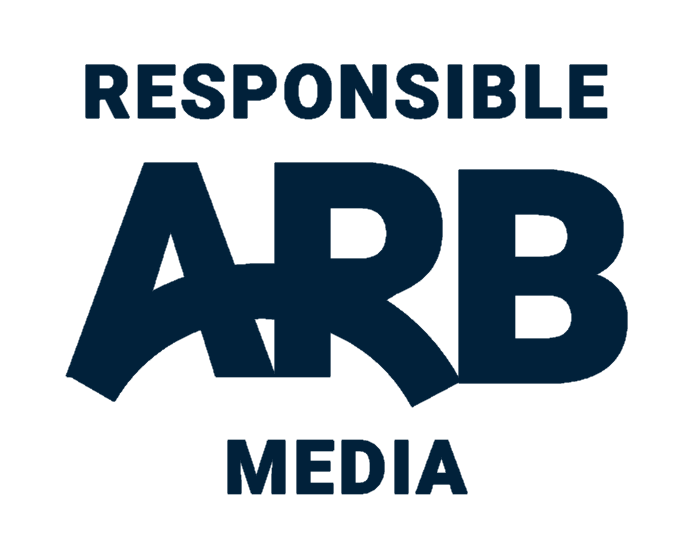Central SA
Why load-shedding is wreaking havoc with cellphone networks─── 11:39 Thu, 22 Sep 2022

Load-shedding affects virtually all facets of everyday life – from one’s ability to cook dinner to making a phone call.
To find out how much strain cellphone networks are taking, Moneyweb’s Fifi Peters spoke to MTN CEO Charles Molapisi.
Molapisi assured that teams were hard at work to try and find a solution to network blackouts, which were occurring under stage 6 more than stage 4 load-shedding.
This, Molapisi said, was due to stage 4 being managed “relatively well”, but the frequency and duration of stage 6 load-shedding make it challenging “to even charge the [cell tower] batteries that you’re keeping on site.”
One potential solution is to improve the energy mix MTN sites use.
Generators galore
Molapisi told Moneyweb over 2 000 generators had been deployed in an attempt to keep cellphone networks up and running.
ALSO READ: HPCSA calls on government to exempt all hospitals from load shedding
“We focus on… critical sites, to try and make sure that those sites don’t go down, because if they go down they affect the other underlying nodes on the network,” he explained.
“But it is a costly exercise. I think every South African now understands that to self-provision electricity, whether it’s in the home or in a business or on the network, that is really a highly costly exercise.”
Molapisi said in Nigeria, 95% of NTN sites do not rely on the energy grid, and have achieved 99.9% availiability on the network, thanks to an energy mix.
In South Africa, MTN makes use of batteries, solar and genset, a combination of an engine and an electrical generator.
Although still reliant on the grid to an extent, Molapisi said should MTN no longer be able to secure power from Eskom, alternative provisions would have to be made to become completely self-reliant.
“So, depending of course on the outlook and eventually the solution that will come or may not come, we will have to enhance the availability of our sites.
“There’s just no way we’re going to allow the situation to continue where we’re not able to provide service.”
He said IHS Towers would be able to help the organisation solidify its network infrastructure.
“Eventually if we’re not able to secure power from Eskom, we will have to find ways, like we have in many markets as MTN, to self-provision, and eventually be able to provide the service.
Cell tower battery theft
Molapisi said the theft of cell tower batteries was “frustrating”, and set MTN back as both an organisation and as a country.
“If we provision batteries today, tomorrow the site is vandalised.”
He said MTN was working with security agencies to help manage the theft, but that it was an industry problem.
“When we are faced with moments like this, I just want to say to MTN customers, and I think to South Africans in general, that we have to meet this moment.
“We have a responsibility to meet this moment with courage, with a solution mindset, and rather be the camp of solution providers than be the camp of stone throwers.”
Load-shedding and 5G
Molapisi told Moneyweb that load-shedding would in no way impede pushing for 5G coverage.
“We have rolled out – we acquired 3.5, we acquired the 2.6, we acquired the 800. Those are the spectrum bands that we acquired some segments on. The rollout continues, except maybe on the 800, because there’s still a dependency there.
”On the 2600/600 we have continued to roll out.”
Molapisi said population coverage on 5G was going on 20%, and is set to continue.
“But of course there is an element of a possible challenge and derailment to the ambitions, because of the balancing of rollout and cost.”
He said the rollout of 5G and 4G services in rural areas was continuing as well, in a bid to increase population coverage.














